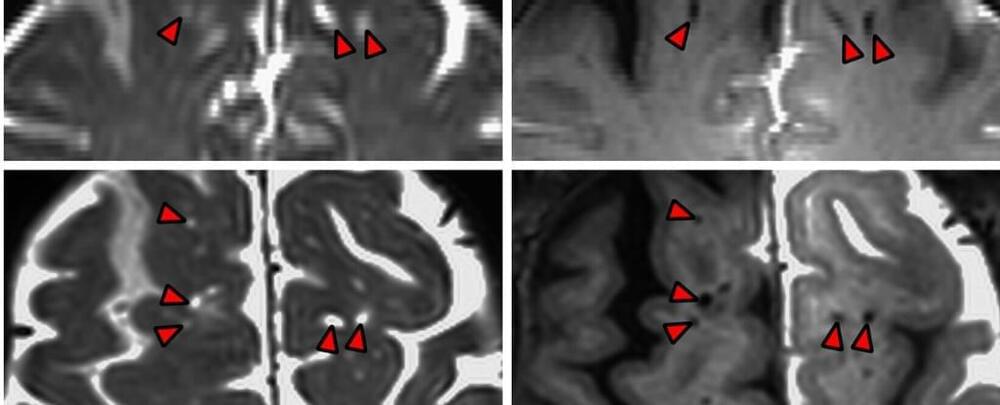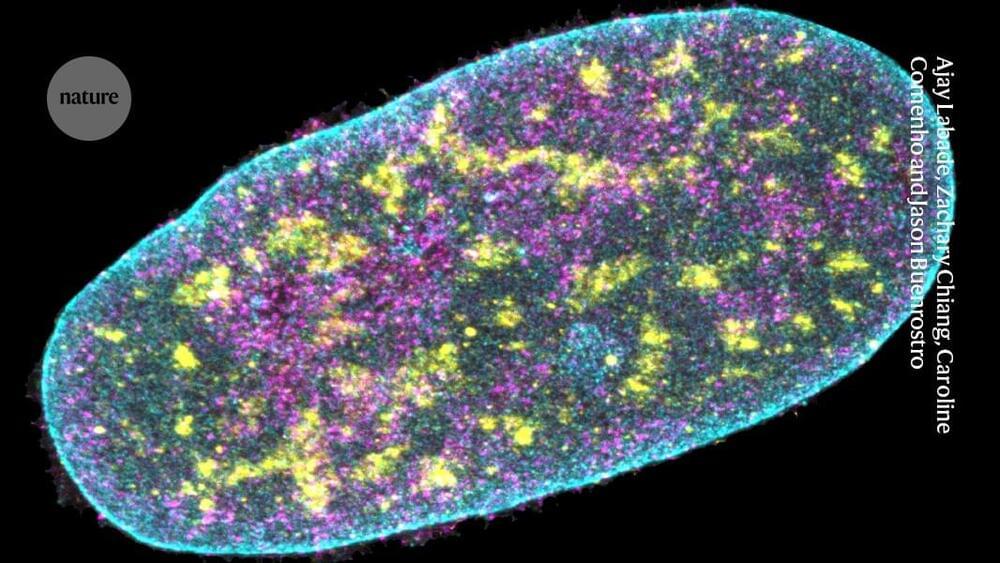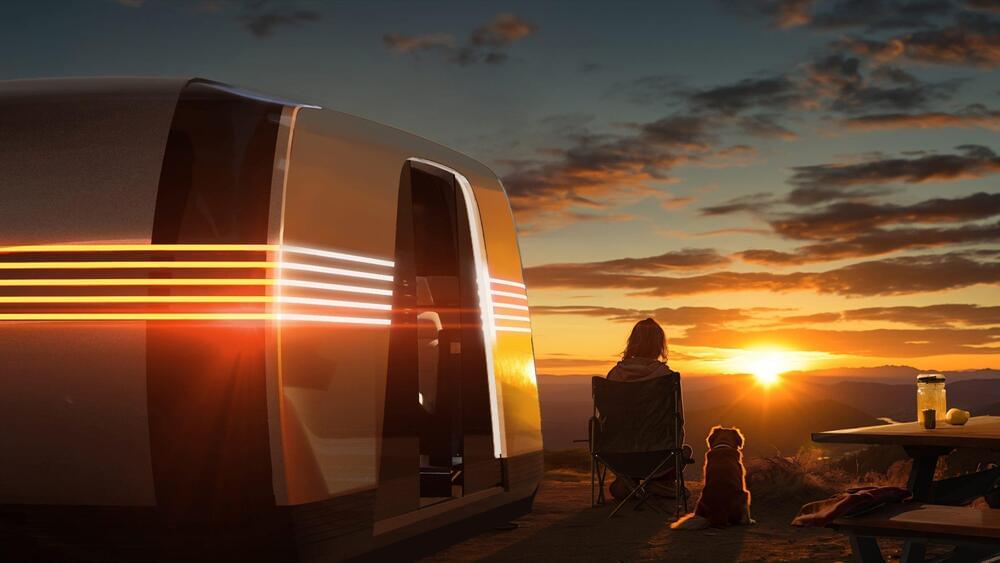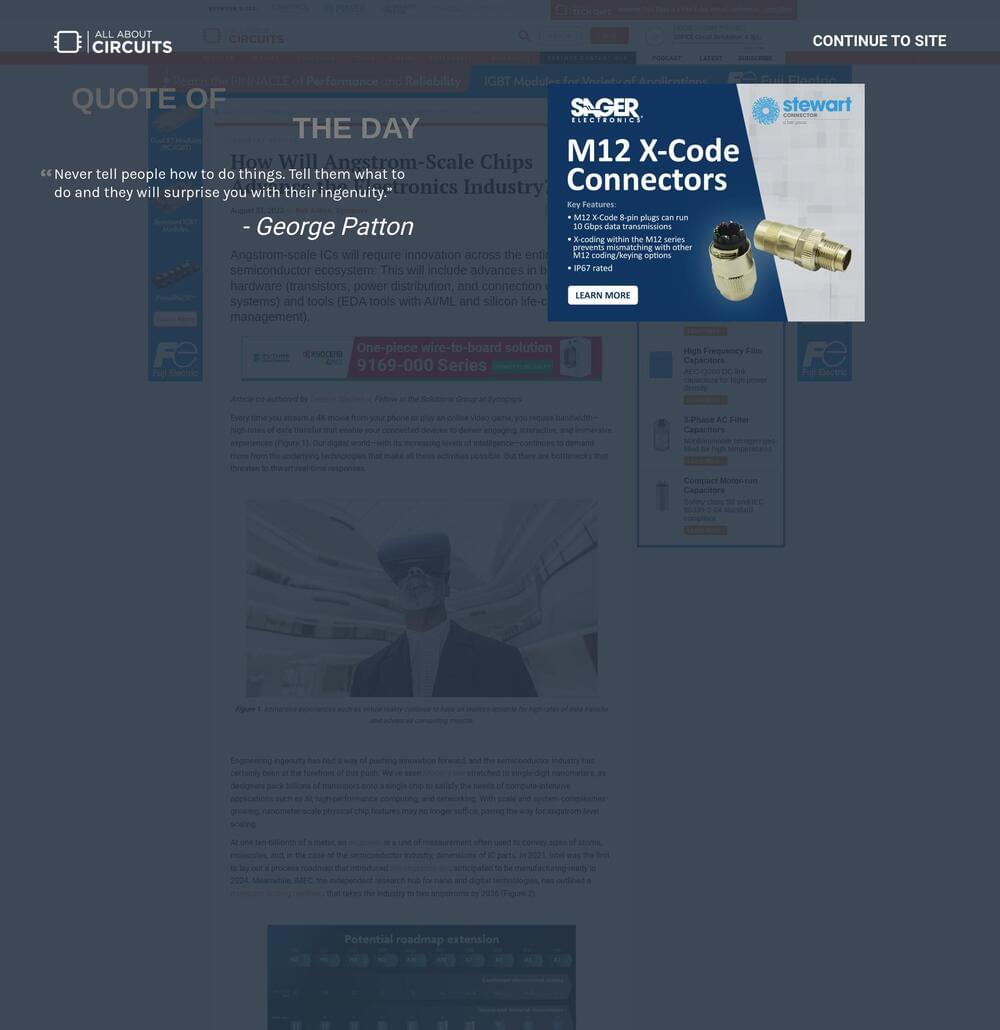Growing Fungal Space Habitats
Get the latest international news and world events from around the world.


Twenty years after its discovery, graphene is finally living up to the hype
Manchester, England— On a rare sunny day in northern England, the National Graphene Institute (NGI) here gleams like a five-story block of obsidian. Squeezed into the University of Manchester’s sprawling downtown campus, the research center is clad in almost 2000 lustrous black panels with small hexagonal perforations—an architectural nod to the structure of the atom-thin sheet of carbon that gives the building its name.
NGI exists because graphene was first isolated a short walk away in a University of Manchester lab. Andre Geim and Konstantin Novoselov presented it to the world 20 years ago this month and later won a Nobel Prize for the work. Since its unveiling, billions of dollars of R&D funding have flowed to graphene, in a global race to exploit its peerless properties. It is better at carrying electricity than any metal, a superb heat conductor, and hundreds of times stronger than steel—selling points trumpeted in the marketing materials of universities and companies alike.
Early on, researchers were not shy about promising graphene breakthroughs, with predictions that it would enable superthin rollable TVs and space elevators, and even supplant silicon in computer chips. “Expectations were very, very high,” Geim says. “The companies I was involved in were mostly based on hype.”

‘Phenomenal’ tool sequences DNA and tracks proteins — without cracking cells open
Researchers are queuing up to try a powerful microscopy technique that can simultaneously sequence an individual cell’s DNA and pinpoint the location of its proteins with high resolution — all without having to crack the cell open and extract its contents. Imaging DNA and proteins inside intact cells provides crucial information about how these molecules work together.
The method’s developers have already used it to study how ageing might alter the way that proteins in the nucleus interact with chromosomes. As the body ages, they found, changes in these nuclear proteins could suppress gene activity.
“This paper is really extraordinary,” says Ankur Sharma, a cancer biologist at the Garvan Institute of Medical Research in Sydney, Australia, who was not involved in the study but is keen to use the approach to study cancer cells and described it as “phenomenal” on the social-media platform, X.

Elon Musk explains Tesla Robovan suspension system
When the Robovan approached the stage at Tesla’s “We, Robot” event, it became evident that the electric vehicle maker was definitely not shying away from creating machines that look like they belong in a sci-fi movie. But while the event itself was thin on technical details about the Cybercab and the Robovan, CEO Elon Musk did share some information about the people hauler’s suspension system.
The Robovan looked like it was gliding on the pavement when it pulled up in front of the stage of the “We, Robot” event. The Robovan is very low on the ground, so much so that its wheels are almost not visible. This creates a very futuristic look, but it also brought concerns about the vehicle’s capability to traverse roads that are not perfectly paved. It also incited jokes from critics that the Robovan looks like a kitchen appliance.
In later comments on X, CEO Elon Musk highlighted that the Robovan is actually very airy inside even if it may appear otherwise from the outside. Musk also explained that the Robovan’s extremely low ground clearance is due to the vehicle’s automatic load-leveling suspension system. This allows the all-electric people-hauler to raise or lower its suspension depending on the conditions of the road.

Bilingual Brains Build Stronger Connections
Summary: New research demonstrates that learning a second language enhances brain connectivity, particularly when started in childhood. Scientists found that bilingual individuals have more efficient communication between brain regions, notably between the cerebellum and left frontal cortex.
The study, which used whole-brain fMRI scans, shows this effect increases the younger a second language is learned, suggesting an early boost to cognitive flexibility and neuroplasticity. This heightened connectivity may improve cognitive performance and resilience to age-related decline. The findings contribute to understanding bilingualism’s broader impact on the brain and could have implications for education and brain health.

Timekeeping Innovation: Quantum Entanglement Unlocks Unprecedented Precision
Quantum physicists have developed a new type of optical atomic clock, using quantum entanglement among strontium atoms to achieve unprecedented precision.
This breakthrough could significantly impact quantum computing and precision sensing, although it currently operates effectively for only milliseconds.
Quantum Advances in Timekeeping.


How Will Angstrom-Scale Chips Advance the Electronics Industry?
Angstrom-scale ICs will require innovation across the entire semiconductor ecosystem: This will include advances in both the hardware (transistors, power distribution, and connection of multi-die systems) and tools (EDA tools with AI/ML and silicon life-cycle management).
Article co-authored by Deepak Sherlekar, Fellow in the Solutions Group at Synopsys
Every time you stream a 4K movie from your phone or play an online video game, you require bandwidth—high rates of data transfer that enable your connected devices to deliver engaging, interactive, and immersive experiences (Figure 1). Our digital world—with its increasing levels of intelligence—continues to demand more from the underlying technologies that make all these activities possible. But there are bottlenecks that threaten to thwart real-time responses.